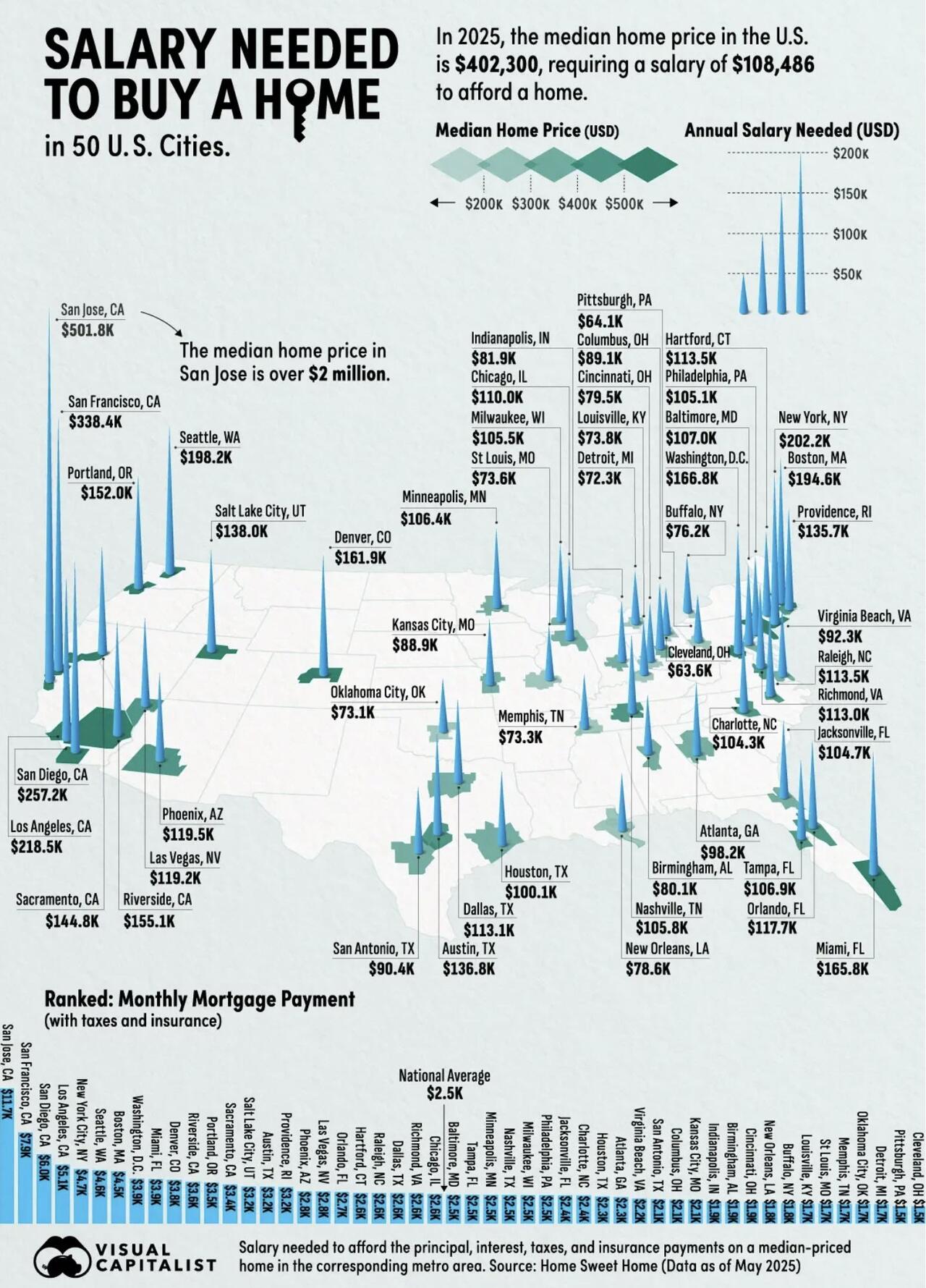Austin Vernon has posted an amazing analysis of how AI is transforming logistics. Even before he get to the implications of AI, there is lots of information about current cost structures.
Autonomous trucks and last mile delivery by drone don't need drivers, which reduces the costs. They also don't need systems to sustain drivers, e.g., climate control, rest periods, meals, etc. which reduces costs further. To fully appreciate the savings, the way that things get from manufacturer to consumer may drastically change.
- Truck drivers are a fixed cost meaning you want defray these costs with big shipments often with agglomerations of items. Without the fixed costs of drivers, the efficient vehicle size could be smaller and agglomerating packages into shipments is no longer necessary. This means there may be much less need for warehousing as smaller robot vehicles can ship directly from producer to retailer.
- Likewise, last mile delivery is currently drone by trucks with many packages to many customers, a logistical challenge. Smaller drones are quickly becoming cost effective alternatives that deliver to a single location and return, representing simpler logistical processes.
Vernon claims that both the direct costs reductions and the indirect cost savings from re-engineering the delivery process could eventually reduce logistics costs as much as 90%.
